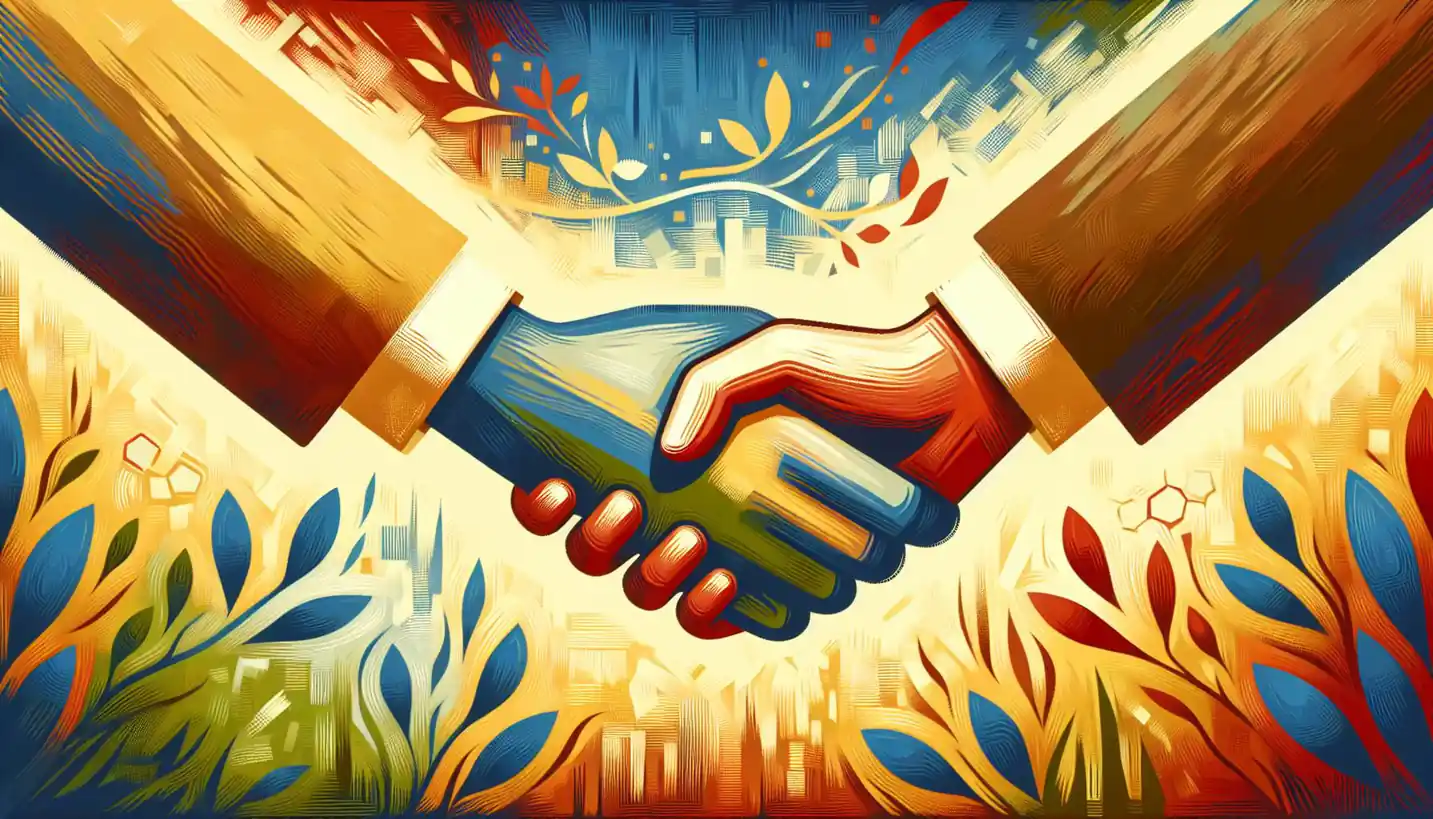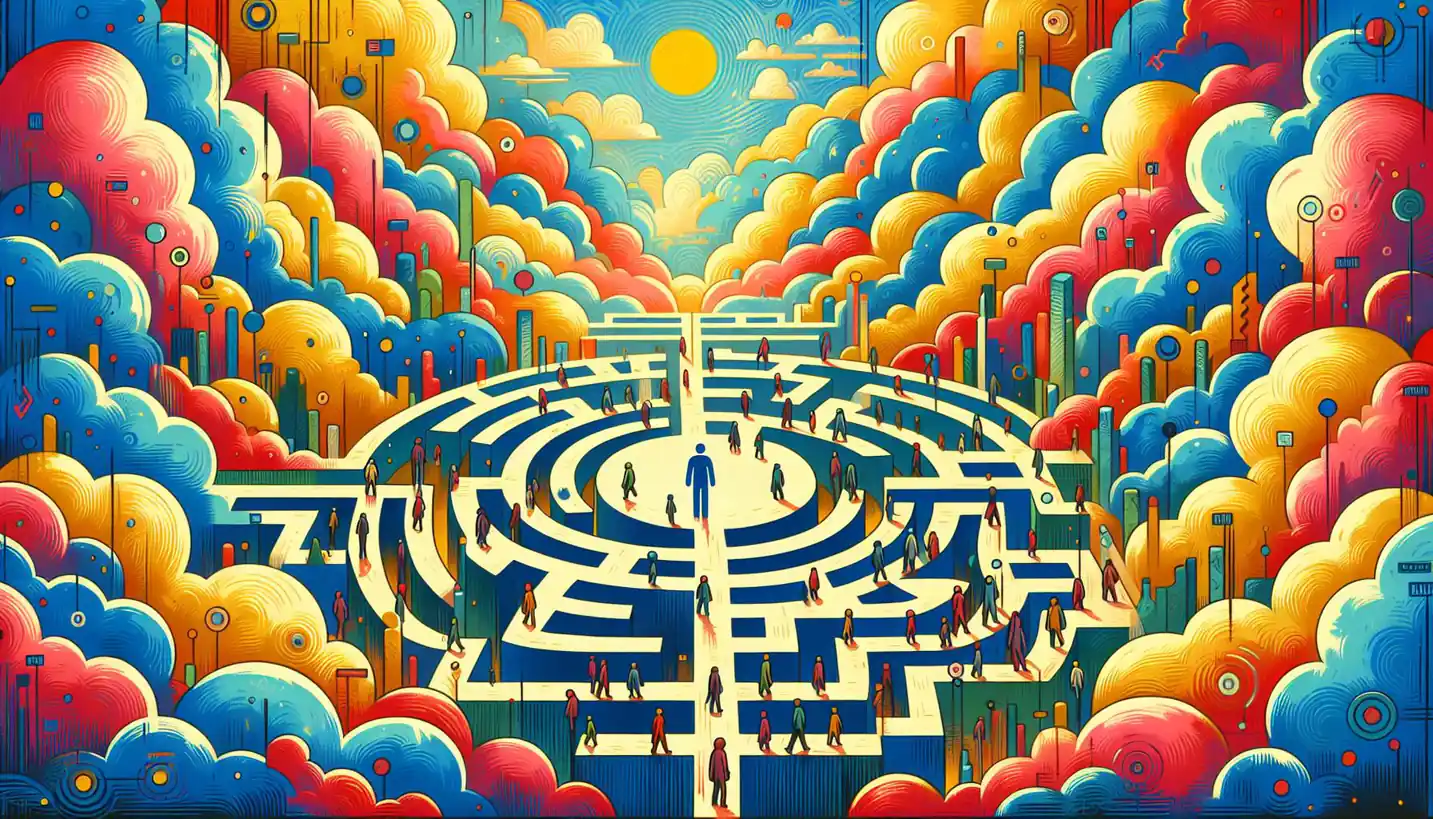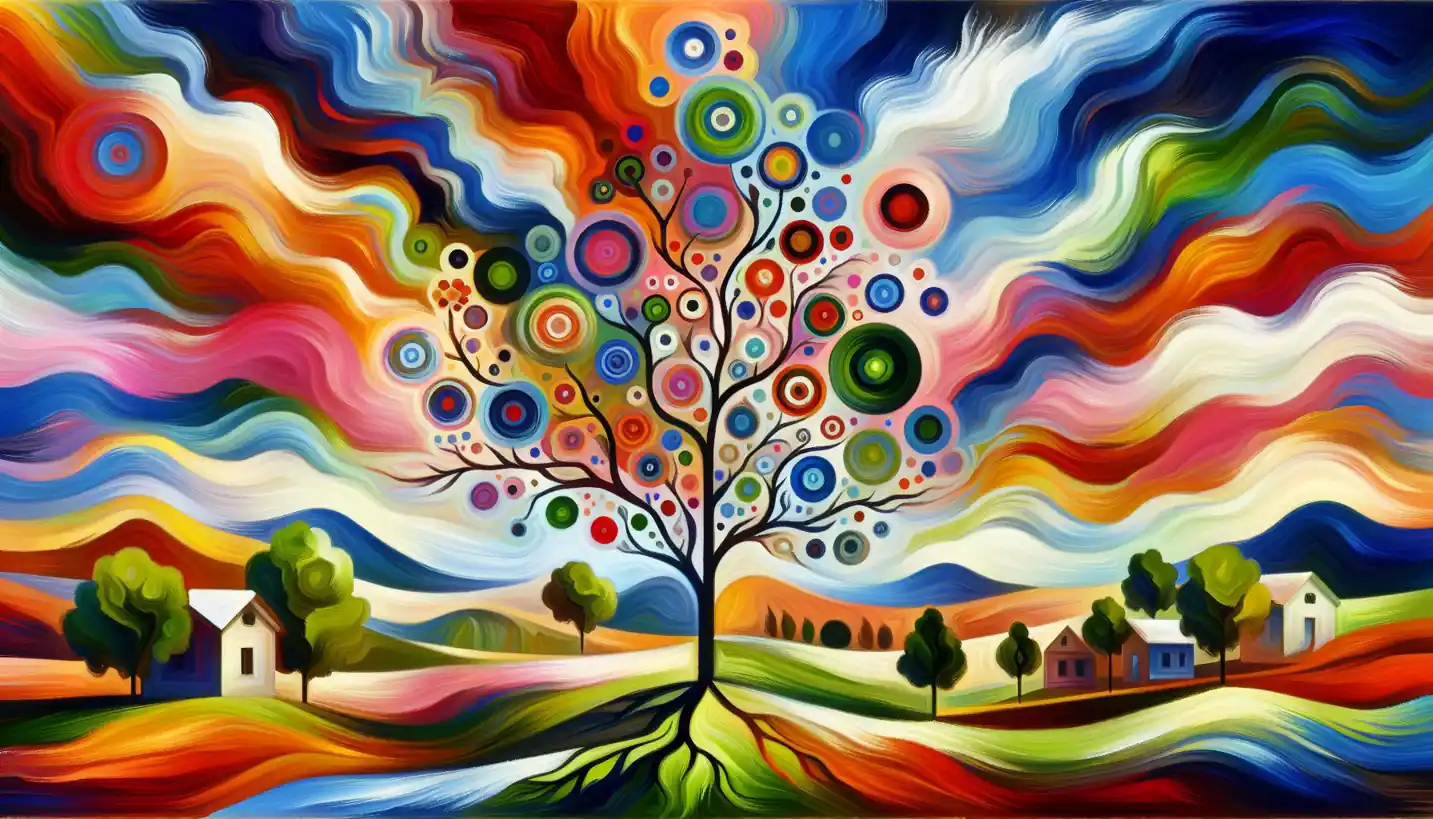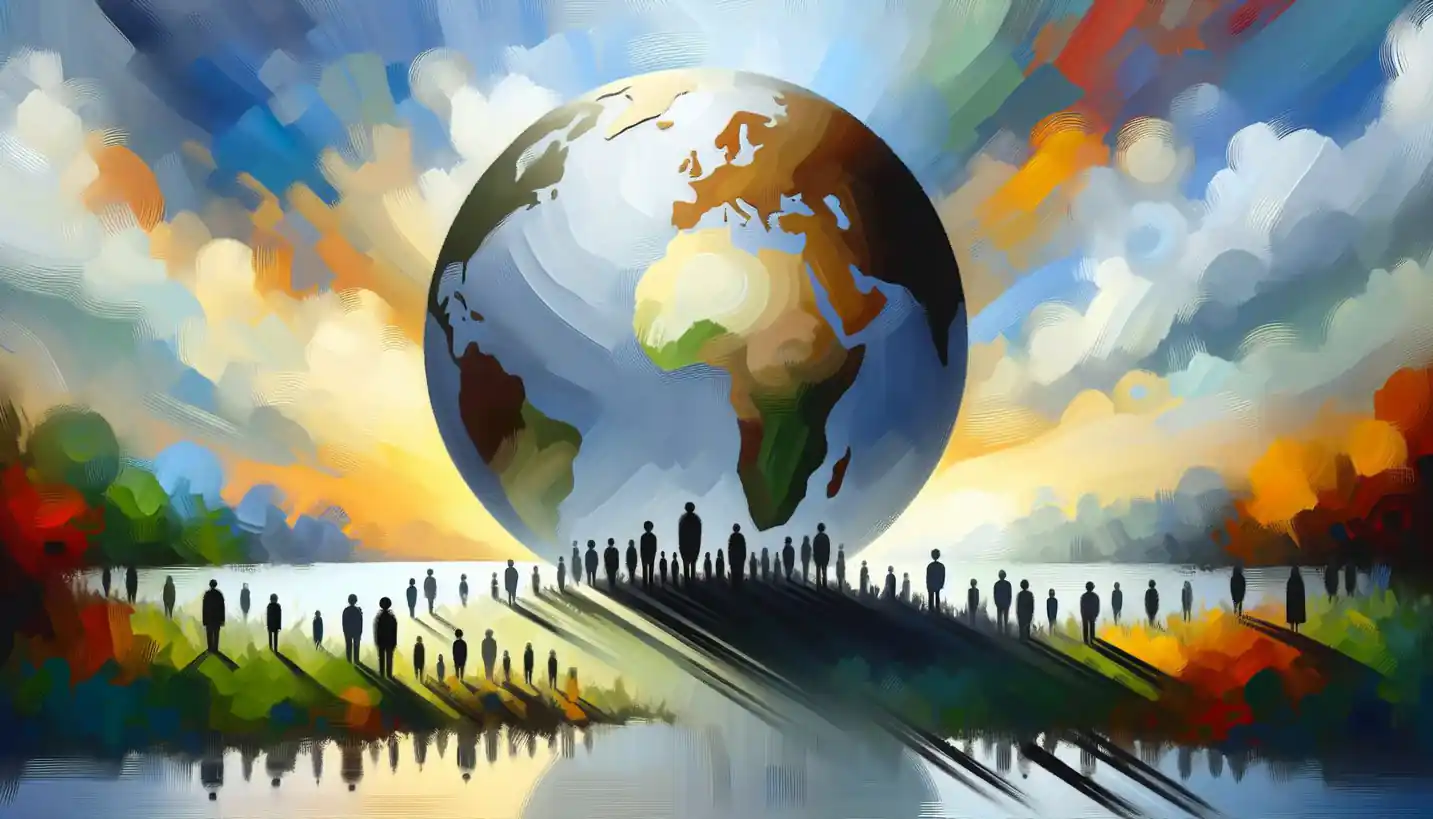· Sociology · 4 min read
Collective Effervescence: The Buzz of Togetherness
Collective effervescence is the feeling of togetherness that unites groups, igniting shared enthusiasm and social energy.

Ever felt the thrill of being part of a lively crowd at a concert or a sporting event? That electrifying feeling when everyone is cheering and moving as one? This is what sociologists call “collective effervescence,” a concept introduced by French sociologist Émile Durkheim. It’s more than just a fancy term—it refers to the magic that happens when people gather and share emotions, acting as a single entity. This concept isn’t just about sociology; it ties into economic sociology and sheds light on how people’s collective emotions can influence economies and societies.
Collective effervescence can be likened to the excitement during a massive celebration like New Year’s Eve in Times Square. Picture thousands coming together, sharing joy and excitement. It’s as if this shared energy creates something bigger than the sum of its parts. This isn’t just about parties or celebrations—it’s a fundamental part of our social fabric, influencing how communities bond and how social norms are created.
The Origins of Collective Effervescence
Durkheim introduced the concept in his study of religion, exploring how rituals and ceremonies bind communities together. He noticed that during these gatherings, the line between individual and group blurs, creating a sense of unity and shared purpose. This collective energy helps build social cohesion, reinforcing a sense of belonging and shared identity.
Imagine a community coming together for a festival. While the event might be centered around food, music, or tradition, what connects people is the shared emotional experience. Everyone’s laughter, joy, and even sadness, mingle and forge stronger social bonds. This unity is crucial, helping communities withstand challenges and thrive.
But it isn’t only about religion or community gatherings; this concept extends to all aspects of life, including economics.
The Economic Impact of Shared Energy
Collective effervescence doesn’t just make people feel good—it can drive economic activity too. Consider how large-scale events, like cultural festivals or global sporting tournaments, bring people together. These gatherings create an economic ripple effect, from increased local business activities to tourism boosts. The energy of people gathering, celebrating, and spending can significantly impact local and even national economies.
For instance, think about the FIFA World Cup. It’s not just about the games; it’s about the fans filling stadiums, the businesses catering to tourists, the media coverage, and the merchandise. The collective excitement of millions directly translates into economic action, driving sales, boosting local economies, and reinforcing social ties.
In modern societies, collective effervescence also shows up in consumer behavior. Think about the buzz surrounding the launch of a new tech gadget or a fashion trend. The shared anticipation and excitement can lead to a surge in demand, influencing economic trends and shaping markets.
Collective Sentiments in the Digital Age
With the rise of social media, collective effervescence is more evident than ever. Platforms like Twitter, Facebook, and Instagram allow emotions to spread rapidly, influencing public opinions and behaviors. A viral video or a trending hashtag can act like a spark, igniting collective emotions across the globe.
For example, consider how movements like #MeToo gained momentum. They started as individual stories but quickly transformed into a global collective voice, sparking real-world change and influencing societal norms. Social media allows these feelings to transcend geographical boundaries, creating a digital version of collective effervescence.
This digital transformation has profound implications for businesses and economies. Brands are now more aware of how collective sentiments can shape consumer attitudes and market trends. Marketers harness these shared emotions to engage audiences, create brand loyalty, and drive sales.
Relevance in Today’s World
In a world where individualism often takes center stage, collective effervescence reminds us of the power of unity and shared experiences. During the COVID-19 pandemic, we saw communities coming together, virtually and physically, to support one another. From cheering healthcare workers to participating in virtual events, people found ways to connect and maintain social bonds despite physical distance.
As we move forward, understanding the dynamics of collective effervescence can help societies navigate challenges. Policymakers, businesses, and communities can harness this energy to foster social cohesion, drive economic growth, and create resilient social structures.
Future Prospects and Questions
The study of collective effervescence is continually evolving. With technology shaping how we connect and communicate, new questions arise. How can virtual gatherings replicate the emotional energy of physical ones? What role does collective effervescence play in digital consumer trends? And how can societies leverage this concept to foster inclusivity and unity?
As we explore these questions, one thing remains clear: the power of coming together is profound. Whether celebrating, mourning, or fighting for a cause, collective effervescence captures the essence of human connection, highlighting the importance of shared experiences in shaping our world.
As we ponder these dynamics, we are reminded that, despite our individual differences, there’s a universal human urge to connect, collaborate, and celebrate together. By understanding and embracing collective effervescence, we can build a more connected and harmonious future.



